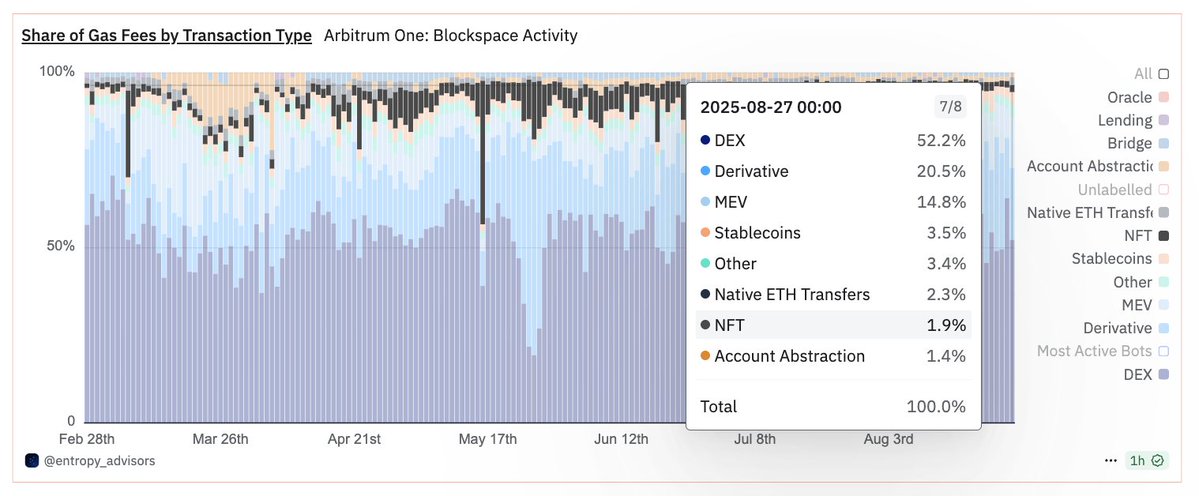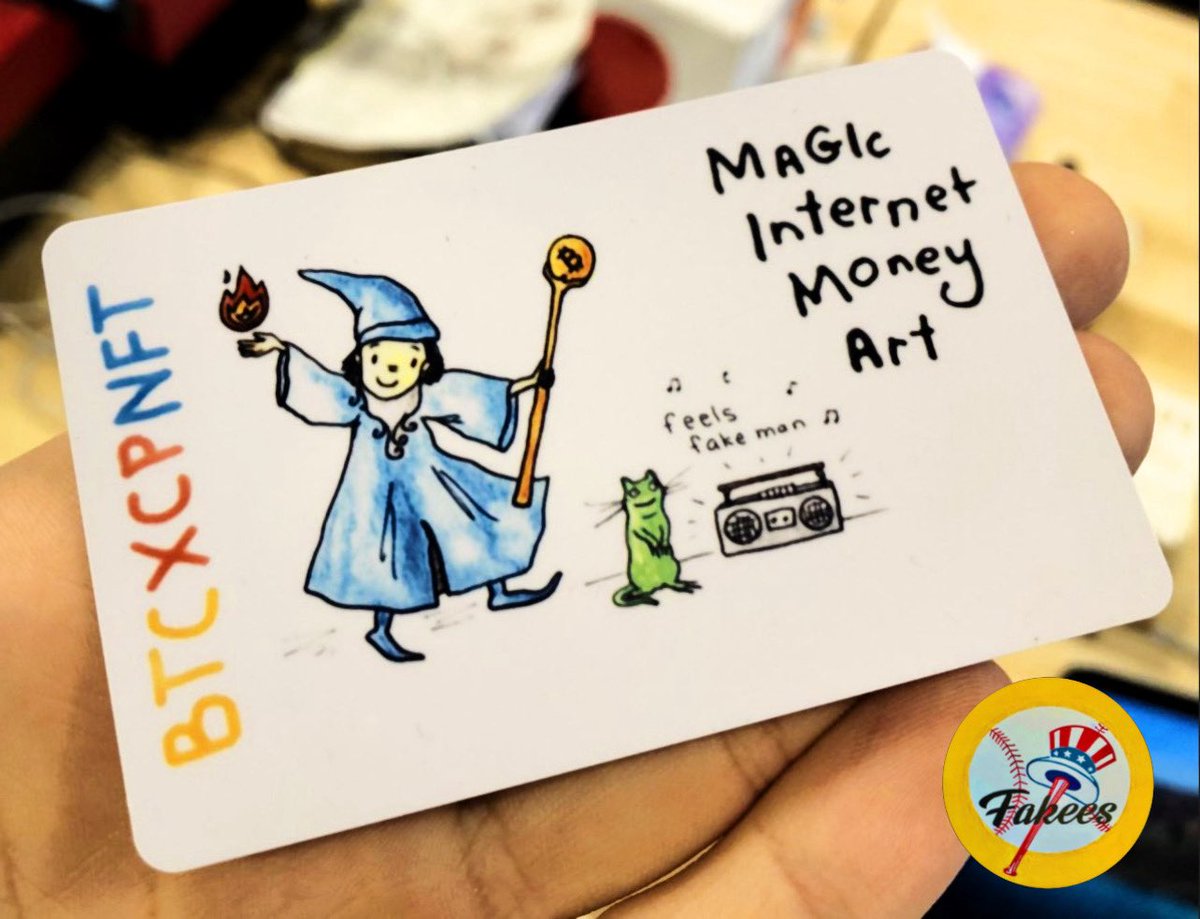APENFT price
in EURCheck your spelling or try another.


About APENFT
Disclaimer
OKX does not provide investment or asset recommendations. You should carefully consider whether trading or holding digital assets is suitable for you in light of your financial condition. Please consult your legal/tax/investment professional for questions about your specific circumstances. For further details, please refer to our Terms of Use and Risk Warning. By using the third-party website ("TPW"), you accept that any use of the TPW will be subject to and governed by the terms of the TPW. Unless expressly stated in writing, OKX and its affiliates (“OKX”) are not in any way associated with the owner or operator of the TPW. You agree that OKX is not responsible or liable for any loss, damage and any other consequences arising from your use of the TPW. Please be aware that using a TPW may result in a loss or diminution of your assets. Product may not be available in all jurisdictions.
APENFT’s price performance
APENFT on socials

Guides

APENFT on OKX Learn


APENFT FAQ
APENFT is an NFT platform that helps leading artists mint their art as NFTs on the blockchain. It also aims to grow the NFT community by investing in leading NFT platforms and artworks, incubating top artists, and organizing art exhibitions. NFT is the name and ticker symbol of the native governance token of the APENFT project.
APENFT mints artworks as ERC-721/TRC-721 tokens on-chain. These tokens are stored in the ERC-20/TRC-20 smart contracts of the NFT tokens, and the rights of the underlying artworks will belong to NFT holders.
The data contained in the minted ERC-721/TRC-721 NFT tokens, along with the records of the underlying artworks, are permanently stored on the BitTorrent File System, while the files are stored on the internet.
Easily buy NFT tokens on the OKX cryptocurrency platform. One available trading pair in the OKX spot trading terminal is NFT/USDT.
You can also buy NFT with over 99 fiat currencies by selecting the "Express buy" option. Other popular crypto tokens, such as XRP (XRP), Cardano (ADA), Tether (USDT), and USD Coin (USDC), are also available.
Swap your existing cryptocurrencies, including Polkadot (DOT), Shiba Inu (SHIB), Solana (SOL), and Chainlink (LINK), for NFT with zero fees and no price slippage by using OKX Convert.
To view the estimated real-time conversion prices between fiat currencies, such as the USD, EUR, GBP, and others, into NFT, visit the OKX Crypto Converter Calculator. OKX's high-liquidity crypto exchange ensures the best prices for your crypto purchases.
Dive deeper into APENFT
APENFT is a TRON-based platform that enables world-class artists to convert their artworks into non-fungible tokens (NFTs) within a few clicks. The project invests in top NFT platforms and artworks, incubates leading artists, and organizes art exhibitions to support and grow the NFT ecosystem. NFT is the name and ticker symbol of APENFT's native governance token.
The first collection of APENFT includes art by some of the most famous artists worldwide, Pablo Picasso, Andy Warhol, Beeple, and Pak. APENFT has also announced a $100 million NFT fund to invest in quality NFTs, GameFi, and metaverse projects, secured by SlowMist.
Another revenue source for APENFT is consulting. The project plans to recruit professionals to guide government agencies, lawyers, and industry elites to influence development policies for the growth of the NFT industry.
NFT, the native cryptocurrency of APENFT, allows holders to vote to handle NFT artworks in the APENFT DAO and participate in APENFT activities. Furthermore, you will receive NFT token rewards by participating in APENFT governance, liquidity airdrop, and mining of cryptocurrencies like Bitcoin (BTC), Ethereum (ETH), Dogecoin (DOGE), Tron (TRX), BitTorrent (BTT), etc. on justswap.org, justlend.org, and sun.io, amongst others.
NFT price and tokenomics
NFT is a TRON-based token. It has a total planned supply of 999,990,000,000,000 tokens. 30% of the token is allocated for partner artists, while 38% will be divided between DeFi airdrops, the mining pool, and the NFT team. From the remaining supply, 20% will be used for NFT purchases, 10% for partnerships, and 2% for initial exchange listing.
NFT price relies on adopting the APENFT platform and the utility of the NFT token within its native ecosystem and in the crypto market. APENFT plans to promote the creation and recreation of top artworks, established franchises, and custom NFT works with A-list celebrities. The demand for these NFT collections will ultimately influence NFT price charts.
About the founders
APENFT was launched in Singapore on March 29, 2021. Steve Z. Liu, chairman of APENFT, has over 20 years of experience working for major financial institutions such as Fidelity International, Salomon Smith Barney, Nomura International, and Ant Financial Group.
APENFT has established key partnerships with prestigious auction houses like Christie's, Sotheby's, and Nifty Gateway, as well as renowned artists like Beeple. Furthermore, it collaborates strategically with prominent entities such as Helu-Trans Group, Tron Cool Cats, and FansForever.
ESG Disclosure






































